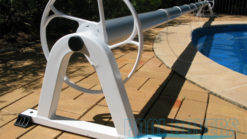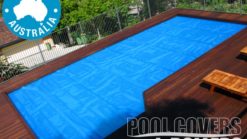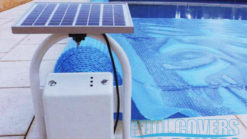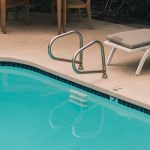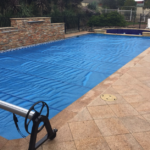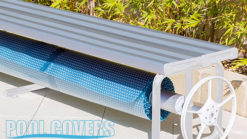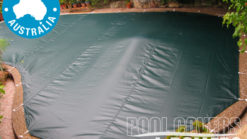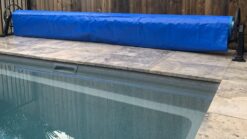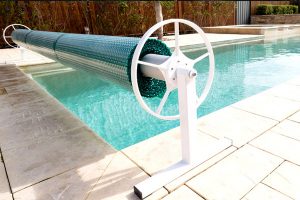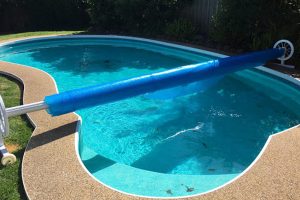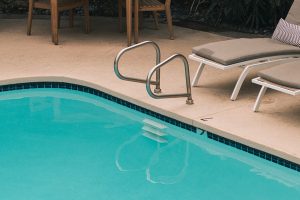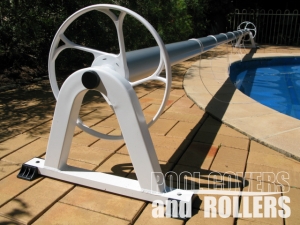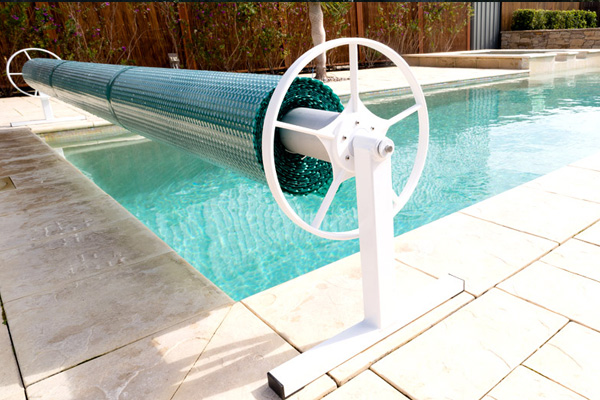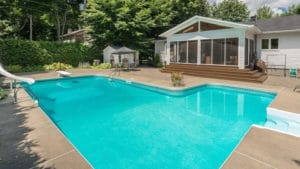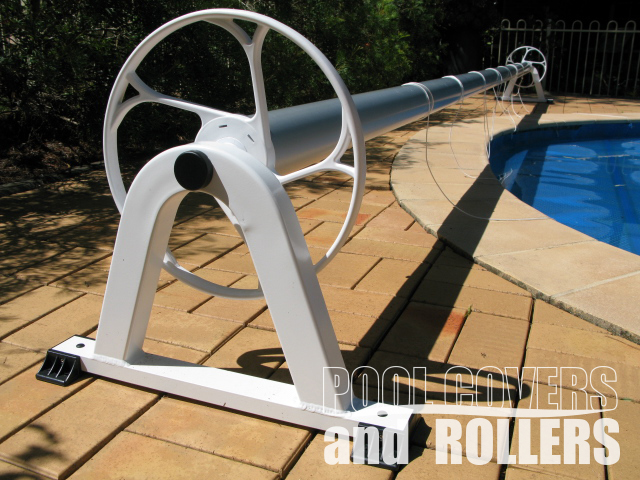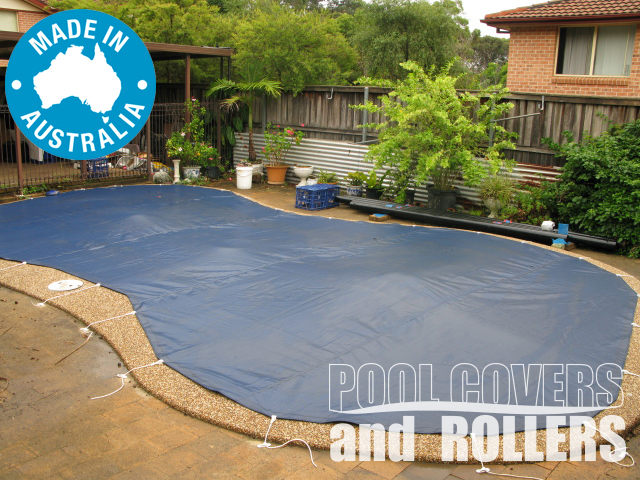Winter Cover – Why would you buy one?
Peter Towle
on
March 26, 2017
Winter Cover – Why would you buy one?
Winter Cover, this is the pool cover of choice by swimming pool owners whose swimming pool receives a large amount of leaf and debris each year. As well as being called a winter cover, they are also known by a variety of other names including “leaf and debris cover”, “dust and leaf cover”, and “leaf stop cover” to name a few. While the names vary, what is common is there ability to keep a swimming pool clean even in the most difficult conditions.
A winter cover is made of a fine but very strong mesh fabric which is extremely durable. The cover itself is cut approximately 200 mm larger than the swimming pool all the way around to give the cover a border under which leafs etc cannot get under. The winter cover is then secured to the pool by a series of cleats which are fixed to the pool surrounds. These cleats are then used to draw the winter cover taught so much so that the cover is drawn off the pool water. This allow the leaves etc to fall onto the cover but remain dry after which they can be easily removed by either a broom or a blower vac.
So why call it a winter cover? This cover draws this name from the fact that it is most often used as a winter shut down cover. The swimming pool owner at the end of the swimming season will give the swimming pool a final thorough clean and then fit the winter cover in place. There it will stay for the off season, saving the pool owner hours of pool cleaning time at a time of the year when the pool is not being used.
Winter covers are a great idea for pool owners who live in very leafy areas. While they do a great job of keeping leaves etc out of a swimming pool, there is one thing they cannot do and that is being a safety cover. For years we have too often been asked, “Can these covers act as a safety cover”? The answer to this is very definitely no, as they are not designed for this role.
Live in a leafy area? Consider a winter cover and save yourself a lot of pool cleaning time and effort.
Related Post
Can I get a roller for my leaf and debris cover
The answer is “of course”, in fact it is always surprising how many customers think that a roller cannot be used with a leaf and
How to install a solar Blanket Pool Cover
Over the years we have been asked a lot of questions about installing a pool cover, and there always seems to be a small group
Benefits of a Pool Cover
Pool Covers – Are they a good Investment? What are the Benefits of a Pool Cover The decision to buy a swimming pool is taken with
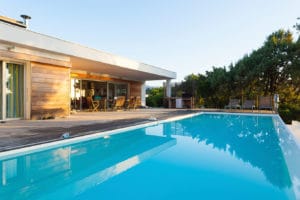
Things to consider when buying a Madimack Heat Pump
We all love swimming in heated pools, and especially in the colder winter months. So it makes sense to purchase a high-quality, energy efficient heat
POOL COVER INFO
SERVICE AREAS



